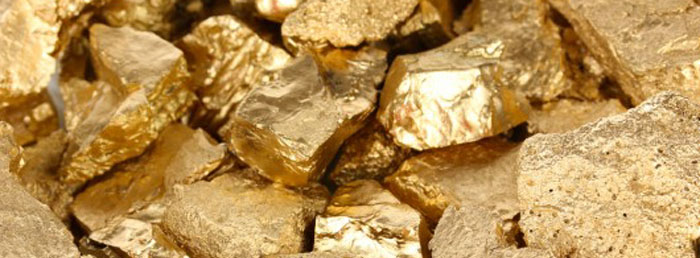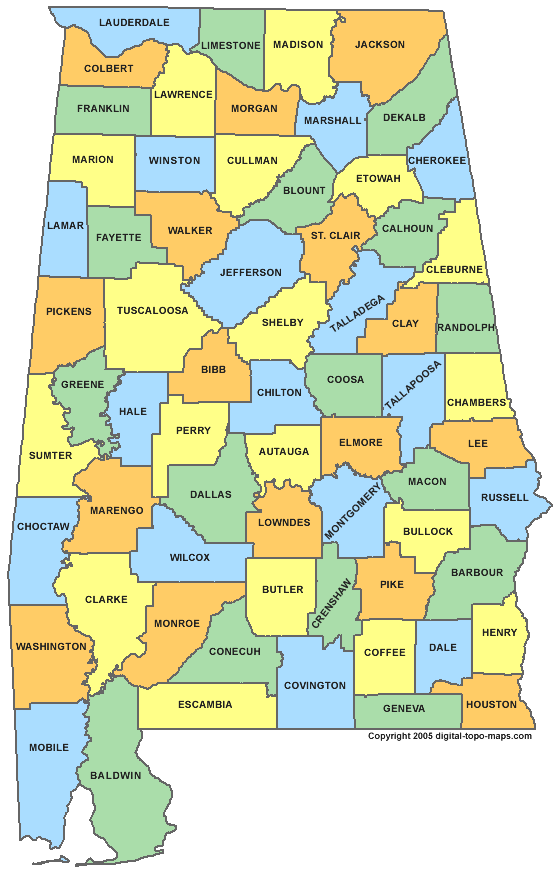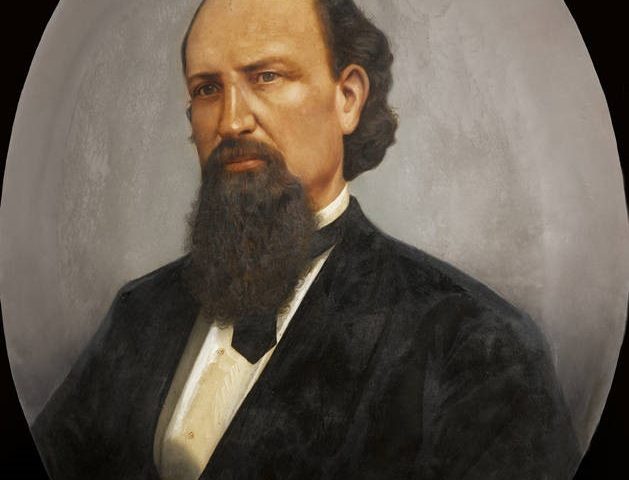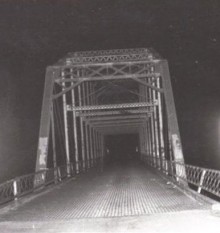(Extract from Pickens County Herald and West Alabamian (Carrollton, Alabama Jane 3, 1855)
GOLD MINES OF ALABAMA
(From the Tuscaloosa Monitor ca. 1855)
Of the mineral depositories of Alabama, the gold mines are the least known. They are confined to the three counties of Randolph, Talladega and Coosa. As usual, these mines consist of deposits and vein mines. The former are made up of beds of loose gravel, clay, &c. in which particles of the precious metal are enclosed, being derived from previously existing auriferous veins or beds. The vein mines consist of veins, principally of quartz, intersecting the rocks in which they are found.
To enumerate all the mines known in these counties would, far exceed the limits of a newspaper article; I therefore select a few as types of the best.
One of the most expensive deposits within our knowledge, is that found in Randolph, at the village of Arbacoochee; it averages three feet in thickness, and covers a surface of 600 acres. It occupies the top and sides of a gentle elevation. The gold-bearing portion is composed of red loam, gravel and angular fragments of quartz, resting upon taleose slates. The surface was first washed, and afterwards another stratum was discovered, which is at present worked, and yields in 40 cubic yards about $25. This locality at one time gave employment to 600 men, and we are inclined to think, that, with improved processes, and a more abundant supply of water, the whole deposit might be worked over with profit. The Chulifiunee in the northwest corner of the county, a similar deposit occurs, but which has not been worked to a like extent. In the vicinity of the vein mines at Pinetucky, washings were also conducted at one time. In Tallapoosa, a very extensive mining ground was opened on the waters of Blue Creek, and quite recently ground has been broken in a deposit near the river, called Morgan’s mine.
The principal vein mines are found at Pinetucky, in Randolph, and Silver Hill and Goldville, in Tallapoosa. At Silver Hill, about 150 feet of the outcreeping edge of the principal vein was worked. It varied in thickness from two feet at the surface to 4 feet at the depth of 80 feet, where it was abandoned on account of the usual difficulties. The ore was worth about 85 cents a bushel. Besides the principal vein, there are others intersecting the slate in various directions. This mine is now re-opened, and has in operation six stamps, and a single Burke rocker.
The Goldville mine was discovered in 1842. The most productive portion of the mine was worked in the “log pit,” where the richest part of the vein varied in thickness from 4 to 2 feet. It was worked at this pit to a depth of 105 feet. The ore was valued at $2 per bushel.
A company has been formed to re-open and explore the Pinetucky mine, but with what success we have not yet learned.
The interest excited by the gold mines of the Southern States is very much dependent on the fluctuations in the price of the all-absorbing staple, cotton. During depressions in the cotton market, ordinary labor is frequently driven to seek more profitable employment in the gold mines, and particularly in those mines known as branch, or deposit mines, where the nature of the work requires but little capital, and no great exertion of skill. The deposits are generally run over in the most careless manner, & without reference to economy in the working, or regard to the future value of the mine. Acres of surface are washed in this reckless manner, ’till it no longer pays, or a more profitable market for labor presents itself. Nor do the vein mine fare any better, they are let in small areas of from 12 to 16 square yards on the vein; pits are sunk, with the utmost independence of all system, and in violation of every principle of the art of mining. In a few months difficulties arise, the pits are choked, the drift fall in, or water is encountered, and the whole is abandoned. for another trial in new ground, to be followed by the results, till the whole mine is in ruins, given up and almost forgotten. This has been the brief history of all the attempts made to explore the gold mines of the State.
When capital, directed by science and skill, is invested in the mines of the State, it is not too much to say, that the result must be profit to the stockholders, and advantage to the country. But so long as operations are conducted by numerous individuals, each working for himself, according to his own judgment and without system or plan, the result must ever be such as follow where the rewards of labor are uncertain, idleness, improvidence and dissipation. (M. T.)
ALABAMA FOOTPRINTS – Volume I – IV: Four Volumes in One
The first four Alabama Footprints books – Volumes 1-IV have been combined into one book
From the time of the discovery of America restless, resolute, brave, and adventurous men and women crossed oceans and the wilderness in pursuit of their destiny. Many traveled to what would become the State of Alabama. They followed the Native American trails and their entrance into this area eventually pushed out the Native Americans. Over the years, many of their stories have been lost and/or forgotten. This book (four-books-in-one) reveals the stories published in volumes I-IV of the Alabama Footprints series.







If it is not available unless we pay, stop posting it.
Pay to read?
Thanks for any other informative website. Where else may
just I get that kind of info written in such a perfect way?
I’ve a venture that I’m just now working on, and
I have been at the glance out for such information.
Thank you!
I just read what’s available Miss out on some good stuff but won’t pay to read
Forgot to mention,that I thoroughly enjoy Donna’s articles Money is tight in my household